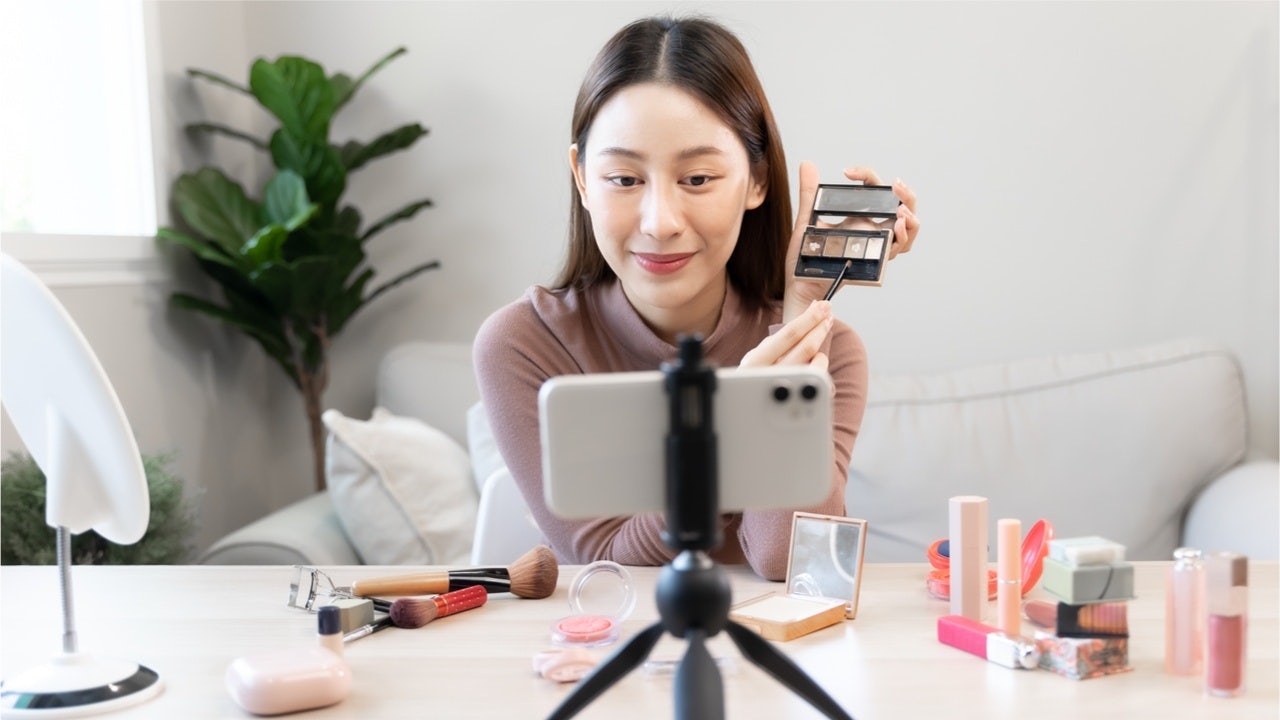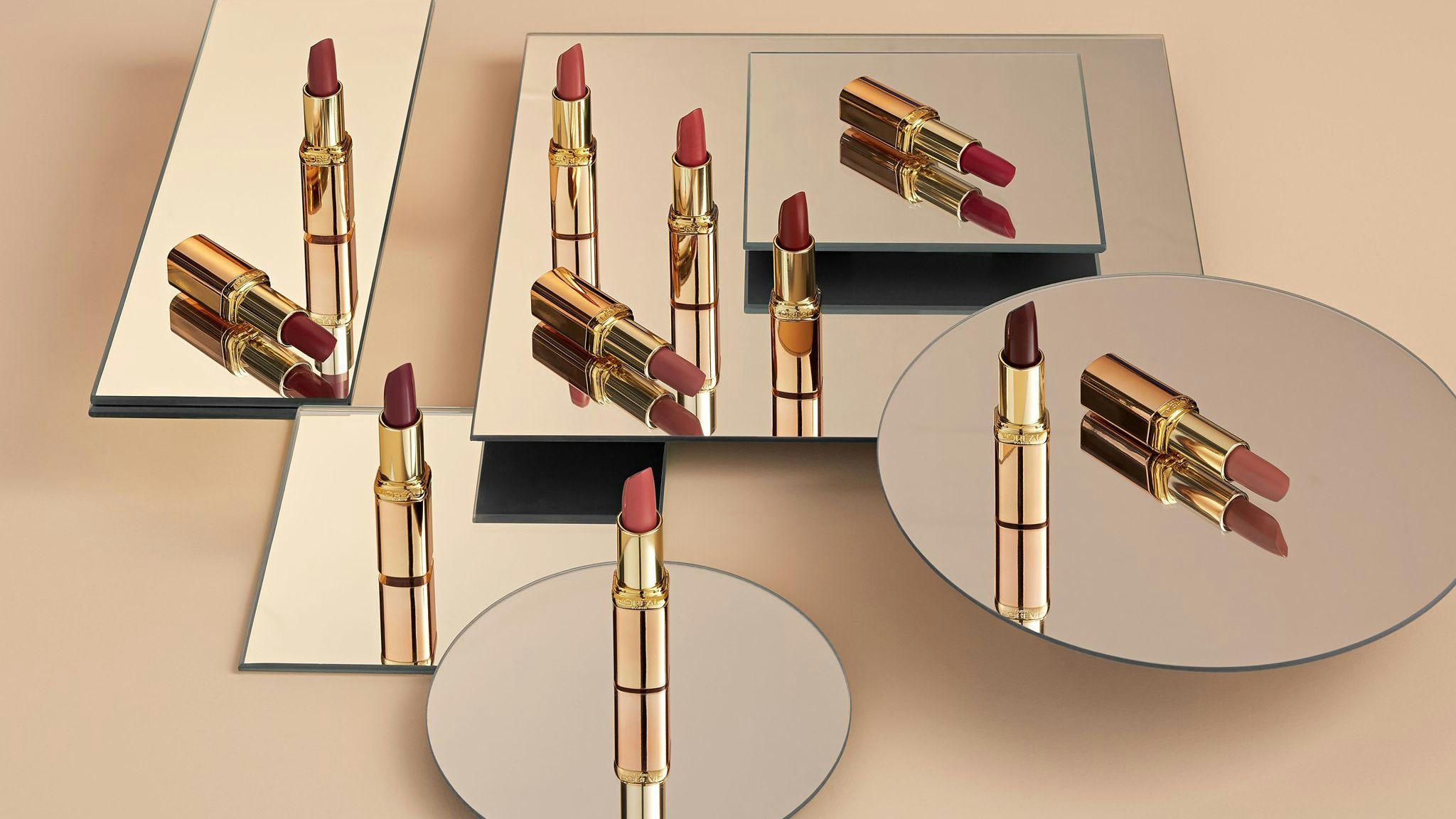A new report by China strategy and marketing specialist Hot Pot China, produced in partnership with The Future Laboratory consultancy, sheds light on prevalent beauty myths in China's beauty sector, which was valued at 57 billion (394 billion RMB) in 2022, according to Beauty Matter.
Cultural differences between Chinese and Western markets remain a key challenge for international beauty brands attempting to expand in the world’s second-largest beauty market.
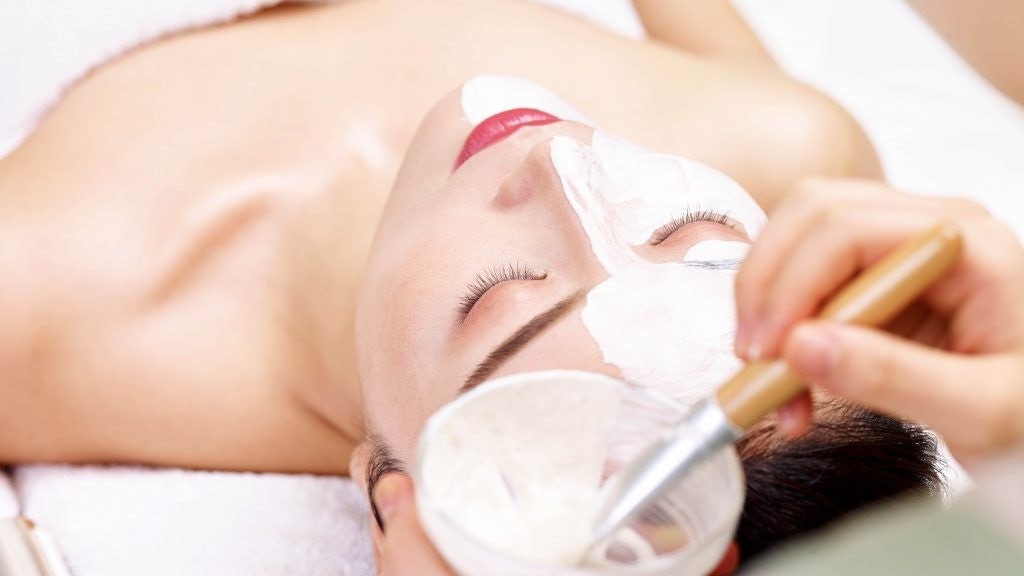
Misconceptions about consumer preferences and values can ruin marketing and commercial campaigns. Understanding the mindset and needs of Chinese consumers is paramount to creating effective Ramp;D and CRM strategies. The report, based in part on a survey of 500 respondents, highlights eight myths international brands should be mindful of.

1. Chinese youth are rebelling against mainstream beauty standards.#
According to a focus group conducted as part of the research for the report, mainstream Chinese ideals of beauty — such as pale skin, large eyes, and a high-bridged nose — continue to prevail among Gen Z consumers. The majority (90 percent) of respondents accept orthodox social standards of beauty. Emerging trends like tanned skin are still very niche.
2. Among Chinese women, aging worries emerge in middle age.#
The desire to prevent and eradicate signs of aging actually begins much earlier in China compared to Western markets. The report shows that roughly 50 percent of Chinese women between the ages of 25 and 30 have started using skin-lifting creams, serums, and eye-care products. Brands can tap this demographic via targeted sales campaigns that promote their anti-aging products.
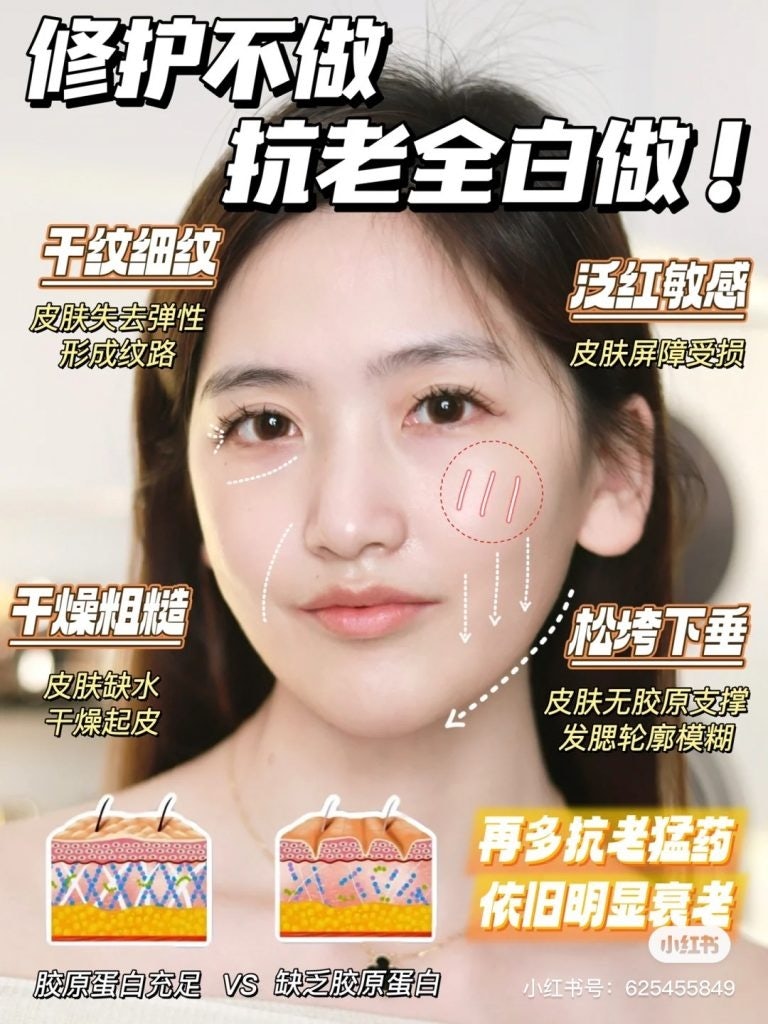
3. Appearing attractive to love interests drives makeup consumption.#
The report revealed that university-aged consumers are eager to express their individuality through makeup. Consumers ranked confidence and having a healthy appearance as the key reasons for wearing makeup, over being desired by a potential love interest. The shift towards healthifying beauty is an emerging factor brands should consider.
4. Chinese consumers’ understanding of product ingredients is low.#
Chinese beauty shoppers’ knowledge of cosmetics and skincare product ingredients is uniquely high compared to Western counterparts. They require an extensive amount of information when making purchasing decisions, the report found. Lifestyle platform Xiaohongshu is the primary source for China’s consumers to acquire granular information on beauty ingredients. Therefore, effective communication on ingredients and labels is vital.

5. Consumer values are the same in China as in the West.#
Western shoppers’ motivations for purchasing do not neatly apply in China’s beauty market. Sustainability, animal testing, inclusion and diversity are low down the list of priorities in China, while product benefits are higher up.
6. Skin whitening is a strong consumer preference in China.#
Young Chinese beauty consumers prioritize skin nourishment and hydration, while oil control and hydration are the most important skin-care benefits for men. All the surveyed demographics scored pore refinement highly.
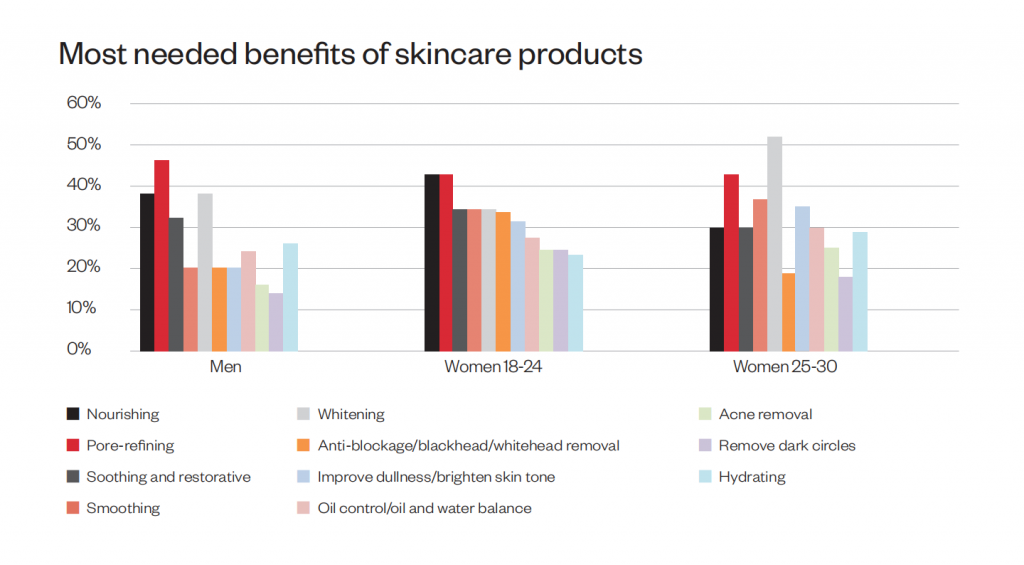
7. Male cosmetics is the next opportunity for brands looking at China.#
Male cosmetics consumption is on the rise in China, with foundation productions driving growth. Still, the market should be considered as a niche and not a booming segment, as over 75 percent of males are unlikely to use cosmetics.
8. KOL live-selling is the most influential shopping channel.#
The livestreaming sector is flourishing in China. The market’s revenue hit 320 billion (2.2 trillion RMB) in 2021, the report notes. Any and all products are being sold via live commerce, including beauty consumables. Nonetheless, the report shows that the country’s main shopping destinations are brands’ physical boutiques, Tmall and JD.com flagship stores, and websites.
In the worst-case scenario, misunderstanding China’s legions of consumers can result in a highly damaging backlash. Building up a sophisticated understanding of the latest trends is one way brands can optimize their China strategy and avoid the pitfalls.
